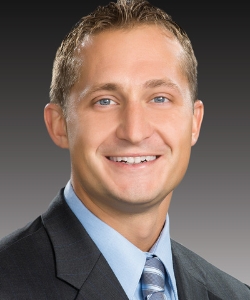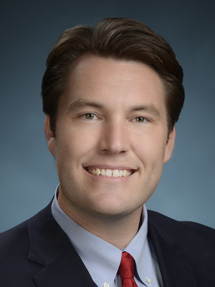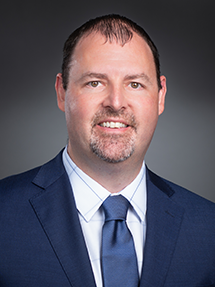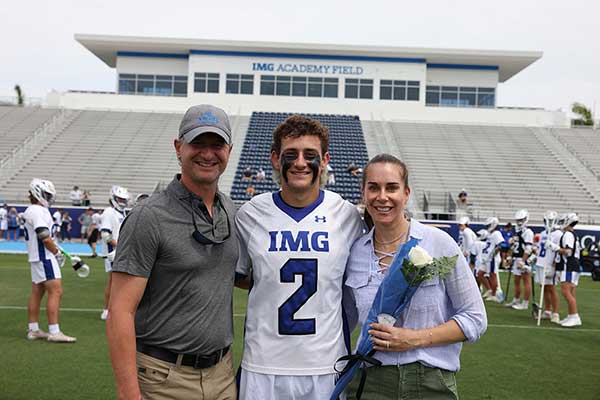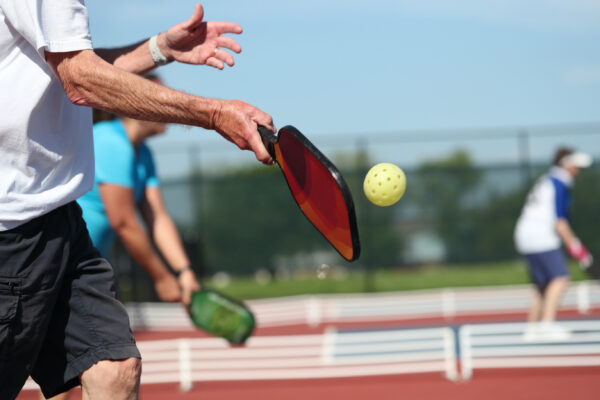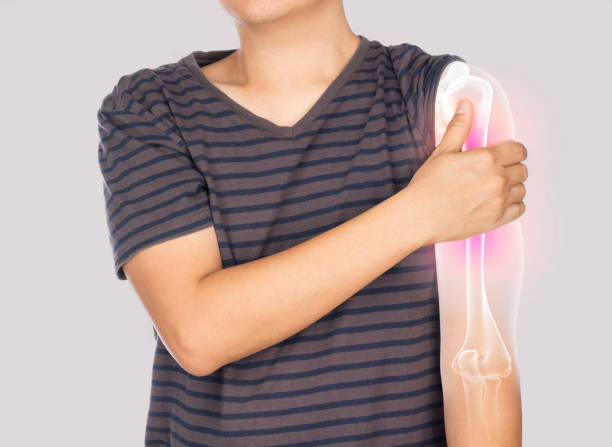Does PRP Work on Ankles?
PRP can help in managing the pain caused by ankle osteoarthritis. However, it doesn’t cure the condition. That said, it’s useful if you want to postpone surgery.
Platelet-rich plasma is gaining popularity in the orthopedic industry as a suitable treatment and musculoskeletal disorders that were previously hard to heal. If you have persistent foot and ankle injuries, this could provide a lasting treatment to your condition. Being autologous, PRP treatment has a high success rate.
The process starts with extracting plasma, the liquid component in your blood. Plasma has a higher concentration of platelets than blood itself. After taking a small blood sample, our doctor places it in a centrifuge that spins it until it becomes highly concentrated platelets. These cells contain the signaling molecules important for healing.
PRP is low risk of complications because the plasma comes from your blood, reducing the chances of adverse antigen and antibody reactions. Furthermore, the process is easy and fairly painless. Our doctors use ultrasound to increase the precision of injections.
Most people schedule a second and third PRP injection two weeks after the first. However, you only need one if the surgery accompanies the procedure. It’s rare for a patient to undergo three PRP sessions.
The most common techniques for treating foot and ankle injuries are nonsurgical. They include low-frequency ultrasound stimulation, low-temperature external application, non-steroidal anti-inflammatory drugs, and steroid injections.
Although effective, prolonged steroid use causes tissue necrosis and impedes mechanical limb functions. On the other hand, non-steroidal anti-inflammatory drugs cause gastric ulcers and increase the risk of heart disease.
Cortisone injections will reduce osteoarthritis pain, but repeated injections weaken ligaments and tendons. Ultimately, these cause irreparable damage to your cartilage tissue.
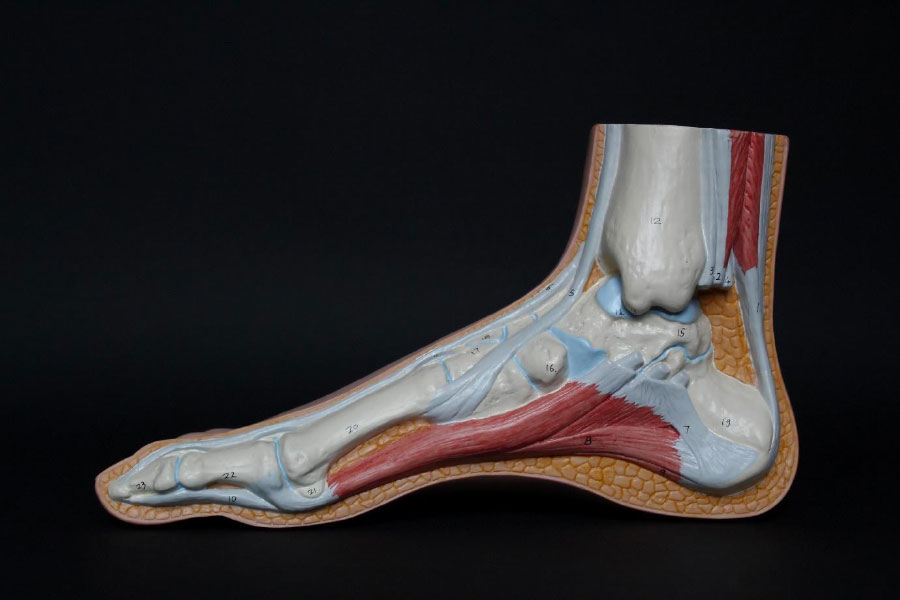
Foot and ankle injuries are painful and impede your movement. If you’re a sportsperson, it means that you can’t play. For other professionals, you get stuck at home until recovery is complete. Fortunately, PRP treatment can help reduce your pain and resume a normal lifestyle.
Here are some foot and ankle conditions that may benefit from undergoing platelet-rich plasma therapy.
Because of its poor regenerative ability, it isn’t easy to treat conditions affecting the Achilles tendon.
PRP accelerates the repair of damaged Achilles tendons by stimulating the division of vascular endothelial cells, capillary growth, vascular proliferation, and collagen production in the injury site. The remedy is popular among orthopedics because of its high safety, convenience, and self-sufficiency. Research shows that it’s more effective than other treatments for chronic Achilles tendinopathy.
Osteoarthritis is the most prevalent orthopedic condition, responsible for the disabling of many patients. The disease has no cure, and its treatment focuses on pain management and improving limb function.
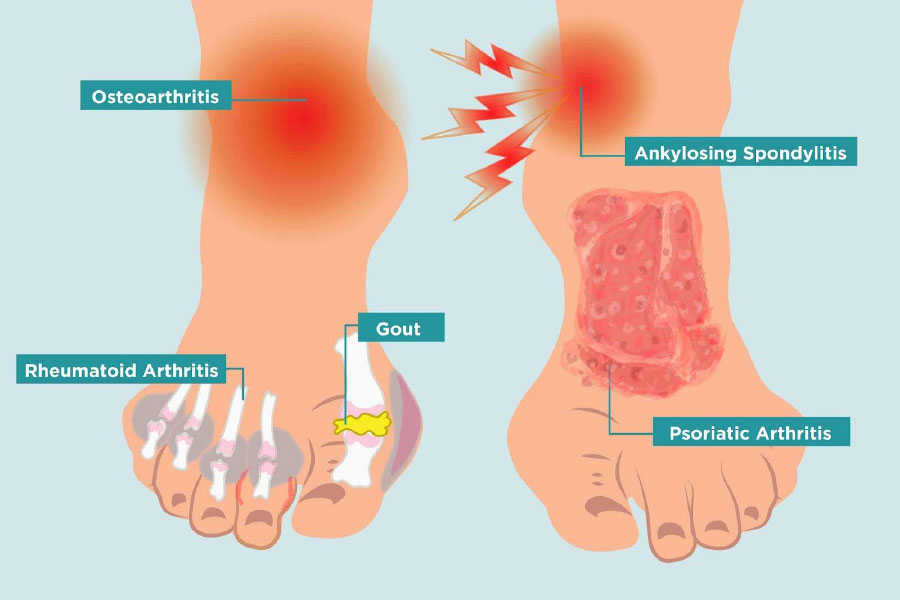
There’s ongoing research on the effectiveness of PRP injections in treating osteoarthritis, especially ankle arthritis. PRP is useful for postponing the need for surgery, but it doesn’t guarantee a cure.
Plantar fasciitis is heel pain resulting from the deterioration of plantar fascia. This deterioration occurs due to continuous stress and chronic plantar fasciitis. Usually, pain management isn’t easy because the disorder can go undetected at its early stages when the tissue is still non-inflamed.
Self-healing is unlikely when you have chronic plantar fasciitis because the condition reduces growth factors, and chronic scar tissue prevents healing. As a result, doctors use treatment methods that increase inflammation response instead of suppressing it. These include PRP, coblation, extracorporeal shockwave therapy, and monopolar capacitive-coupled radio frequency.
PRP aids in healing chronic plantar fasciitis by stimulating the release of growth factors. Within six months after the first injection, patients experience less pain. The condition heals within a year after starting treatment.
You can visit our office in Sarasota, Florida, book an appointment with Dr. Christopher L. Dillingham, or call us on 941-378-5100.
Platelet-rich plasma is a promising treatment option that’s revolutionizing the orthopedic industry. If you want a proven, permanent solution to chronic foot and ankle conditions, contact Sforzo | Dillingham | Stewart Orthopedics + Sports Medicine today!
By undergoing platelet-rich plasma therapy, you’re not only finding a quick and proven solution to your pain, but also contributing to advancing the orthopedic industry.
PRP can help in managing the pain caused by ankle osteoarthritis. However, it doesn’t cure the condition. That said, it’s useful if you want to postpone surgery.
You need one to two injections. If used independently, you need two injections. For post-surgery pain management, you need one injection.
The effectiveness of PRP injections depends on the extent of your injury. Usually, it takes at least six weeks to see results. You won’t notice immediate results because PRP works by stimulating growth factors and improving inflammatory response.
PRP has a high success rate. Diabetic foot ulcers have a 100% healing rate, while Achilles tendinopathy has a 70%. It’s worth noting that recovery depends on your physical health. If you have underlying diseases, you’ll take longer to heal.
As healthcare is ever changing, Sforzo | Dillingham | Stewart Orthopedics + Sports Medicine, is doing things differently…

